Post-Digital Architecture: Blending the Virtual and Physical Realms
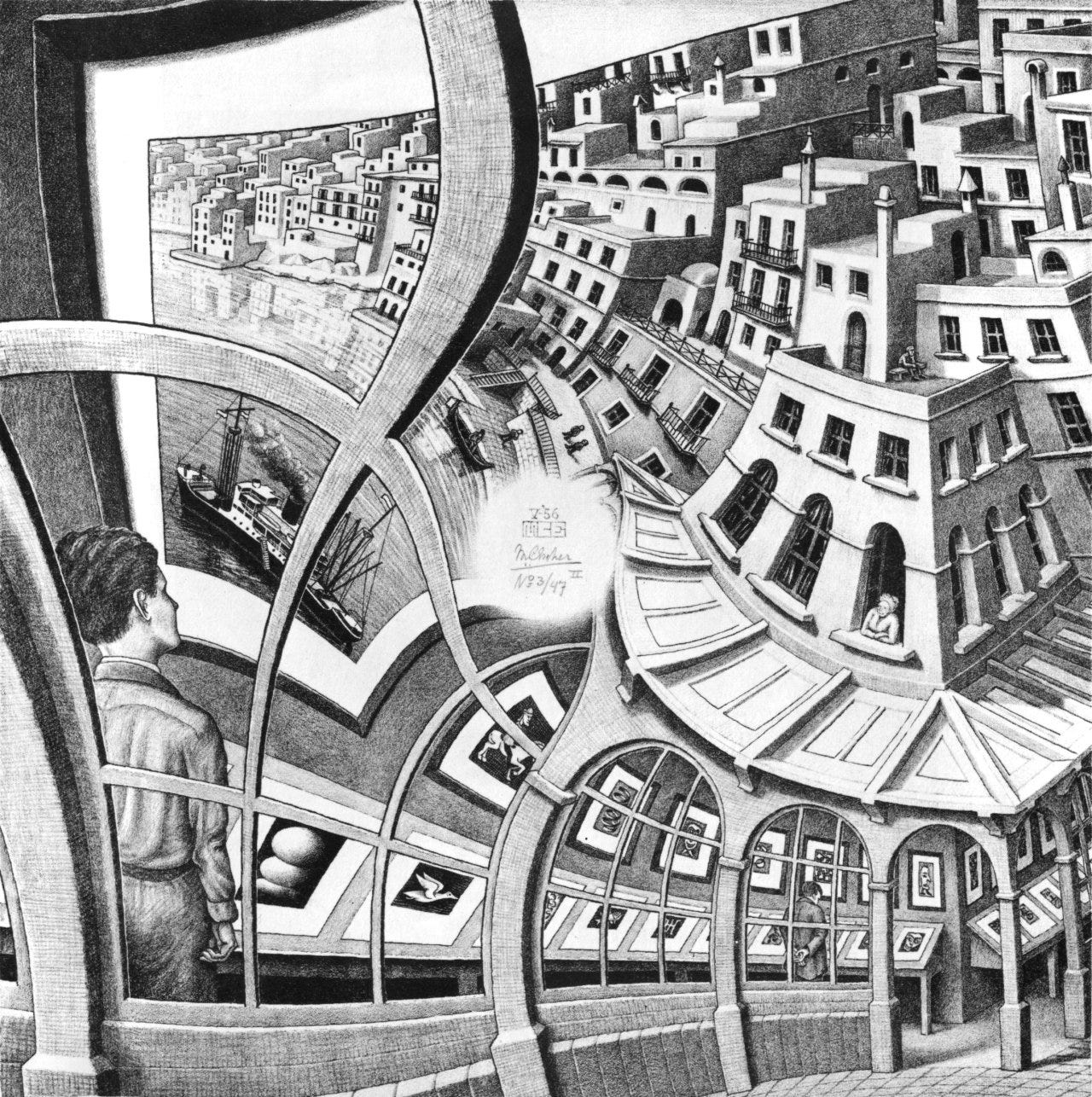
Post-Digital Architecture: Bridging the Digital and Physical Realms
Post-Digital Architecture emerged in the early 21st century as a response to the pervasive influence of digital technologies on design and daily life. This movement represents a shift beyond the mere novelty of digital tools, instead critically engaging with the implications of digital culture on architectural practice and spatial experience. By blending virtual and physical realms, Post-Digital Architecture has redefined how we conceive, create, and interact with built environments.
Cultural, Technological, and Political Context
The rise of Post-Digital Architecture can be attributed to a confluence of cultural, technological, and political factors that shaped the early 2000s. By this time, digital tools and internet connectivity had become ubiquitous, leading to a saturation of digital experiences in everyday life. The social media revolution, spearheaded by platforms like Facebook, Twitter, and Instagram, transformed how people interact and perceive space, both virtual and physical.
Simultaneously, advancements in augmented and virtual reality technologies began to blur the lines between digital and physical realities, offering new possibilities for architectural representation and experience. The proliferation of smart devices and the Internet of Things (IoT) introduced the concept of data-driven decision-making, influencing how spaces could be designed and optimized.
The post-9/11 era brought increased focus on surveillance and security in public spaces, raising critical questions about privacy and ethics in architecture. These concerns were further compounded by the global financial crisis of 2008, which led to a reevaluation of architectural priorities and a turn towards more sustainable and adaptable designs. Growing awareness of climate change also pushed architects to consider the long-term environmental impact of their creations.
Innovations and Characteristics
Post-Digital Architecture introduced several innovative approaches that have reshaped the field. At its core, the movement seeks to create hybrid spatial experiences that blend physical and virtual elements, resulting in immersive environments that respond to user needs and environmental conditions. This is often achieved through the integration of data-driven design processes, which utilize big data to inform architectural decisions and create responsive spaces.
The movement also emphasizes participatory design processes, engaging users through digital platforms to create more inclusive and democratic designs. This approach has transformed the traditional client-architect relationship, fostering collaboration and user involvement throughout the design process.
Another hallmark of Post-Digital Architecture is the integration of digital fabrication techniques with traditional craftsmanship. This fusion has led to the creation of complex, organic forms that were previously difficult or impossible to realize. Additionally, the incorporation of smart building technologies, including IoT devices and artificial intelligence, has resulted in adaptive and efficient structures that can respond to changing environmental conditions and user needs.
Augmented reality has become an integral tool in both the design and presentation phases of architectural projects. Architects can now visualize and interact with unbuilt designs in real-world contexts, allowing for more accurate assessments of scale, proportion, and environmental impact.
Perhaps most importantly, Post-Digital Architecture critically engages with issues of digital ethics, addressing concerns about privacy, surveillance, and data ownership in architectural spaces. This reflection on the societal implications of technology sets the movement apart from earlier, more technologically determinist approaches to digital architecture.
Key Innovators and Their Contributions
Several architects and theorists have played crucial roles in shaping Post-Digital Architecture. Zaha Hadid pioneered parametric design and fluid, digitally-inspired forms, pushing the boundaries of what was architecturally possible. Rem Koolhaas explored the impact of digital culture on urban spaces and architecture, offering critical insights into the changing nature of cities in the digital age.
Greg Lynn advanced the use of animation and digital modeling in architectural design, introducing concepts from other fields such as topology and calculus into architectural discourse. Patrik Schumacher developed the concept of parametricism as a successor to modernism, advocating for a style of architecture that embraces computational design and digital fabrication.
Elizabeth Diller integrated digital media and interactive technologies into architectural projects, blurring the lines between architecture, art, and technology. Carlo Ratti focused on smart cities and the integration of digital technologies in urban environments, exploring how data can be used to create more efficient and livable cities. Neri Oxman pushed the boundaries of materials science and digital fabrication, exploring the intersection of digital design, biology, and architecture.
Related Architectural Styles
Post-Digital Architecture exists within a constellation of related architectural styles and movements. Parametricism, with its emphasis on computational design and algorithmic processes, shares many similarities with Post-Digital approaches. Digital Modernism, which applies digital tools to modernist principles, can be seen as a precursor to Post-Digital Architecture.
Biomimetic Architecture, which draws inspiration from natural forms and processes, often employs digital tools in ways similar to Post-Digital Architecture. Interactive Architecture, with its focus on responsive environments, aligns closely with the Post-Digital emphasis on user engagement and adaptability.
Sustainable Design and Smart Architecture also share common ground with Post-Digital Architecture, particularly in their use of data and technology to create more efficient and environmentally responsive buildings. Responsive Architecture, which aims to create buildings that can adapt to changing conditions, embodies many of the principles central to Post-Digital thinking.
Lasting Influence and Modern Context
The influence of Post-Digital Architecture continues to shape contemporary architectural practice in numerous ways. The integration of AI and machine learning in design processes has become increasingly common, allowing for more sophisticated analysis and optimization of architectural solutions. The development of smart cities and buildings, informed by Post-Digital principles, is transforming urban environments around the world.
Post-Digital thinking has also advanced sustainable and adaptive architecture, using technology to create buildings that respond to environmental changes and reduce energy consumption. In architectural education, the movement has promoted interdisciplinary approaches, encouraging students to engage with fields such as computer science, biology, and materials engineering.
The reshaping of client-architect relationships through collaborative digital tools has led to more participatory design processes, while the exploration of new materials and fabrication techniques continues to expand the possibilities of architectural form and function. Perhaps most significantly, Post-Digital Architecture has sparked an ongoing dialogue about the ethical implications of technology in architecture, pushing the field to consider its role in shaping digital society.
Criticisms and Challenges
Despite its innovations, Post-Digital Architecture has faced criticism on several fronts. Some argue that the movement’s embrace of technology comes at the expense of human-centric design, prioritizing digital spectacle over functional, comfortable spaces. There are concerns that the focus on advanced technologies might exacerbate the digital divide, creating architectural experiences that are inaccessible to those without the latest devices or technical knowledge.
The integration of smart technologies in buildings has raised questions about data privacy and security, with critics warning of the potential for surveillance and misuse of personal information. Some skeptics question the long-term durability and adaptability of digitally-driven designs, arguing that rapidly changing technology might render these buildings obsolete more quickly than traditional structures.
There is also criticism that Post-Digital Architecture is sometimes too focused on spectacle rather than functionality, creating visually striking buildings that may not always serve their intended purposes effectively. Balancing aesthetic innovation with practical considerations remains an ongoing challenge for practitioners in this field.
Ego Perspective: Assertions and Insecurities
From an ego perspective, Post-Digital Architecture asserts its relevance in the digital age, positioning itself as a cutting-edge approach that can address complex contemporary issues. The movement projects an image of technological sophistication and forward-thinking design processes, emphasizing its ability to create democratic and inclusive architectural solutions.
However, these assertions also reveal certain insecurities within the field. There is a palpable fear of obsolescence in a rapidly changing technological landscape, with practitioners constantly striving to keep up with the latest digital tools and trends. This drive for relevance is accompanied by anxiety about the potential loss of traditional architectural skills, as digital processes become increasingly dominant.
There are also concerns about the ethical implications of data-driven design, with architects grappling with questions of privacy, surveillance, and the social impact of their work. Underlying these issues is a fundamental uncertainty about the long-term impact of digital technologies on spatial experience and human interaction, reflecting broader societal anxieties about our increasingly digital world.
Jungian Depth Psychology Analysis
Viewed through the lens of Jungian depth psychology, Post-Digital Architecture can be interpreted as an expression of several archetypes. The movement embodies the Trickster archetype in its breaking down of boundaries between physical and virtual realms, challenging established notions of what architecture can be. The Explorer archetype is evident in the constant seeking of new frontiers in spatial experience and technological integration.
The Creator archetype manifests in the movement’s drive to bring new forms of architectural expression into being, pushing the limits of what is possible in design and construction. The Sage archetype is reflected in the critical engagement with the implications of technology on society, seeking wisdom and understanding in the face of rapid change.
The Transformer archetype is perhaps the most prominent, representing the movement’s efforts to adapt architectural practice to a changing world, transforming both the process of design and the nature of built environments. These archetypes collectively reflect Post-Digital Architecture’s attempt to reconcile the rational, technological aspects of architecture with more intuitive, experiential elements, mirroring broader cultural efforts to find balance in an increasingly digital world.
Legacy
Post-Digital Architecture represents a significant shift in how we conceive of and create built environments in the digital age. By embracing the possibilities of technology while critically examining its implications, the movement has pushed architecture into new territories of form, function, and meaning. As we continue to navigate the complex relationship between digital and physical realms, Post-Digital Architecture offers valuable insights and approaches for creating spaces that are responsive, sustainable, and deeply connected to the human experience. While challenges and criticisms remain, the lasting influence of this movement on architectural thought and practice is undeniable, shaping the way we design and inhabit spaces in our increasingly digital world.
Bibliography: Post-Digital Architecture
Carpo, M. (2017). The Second Digital Turn: Design Beyond Intelligence. Cambridge, MA: MIT Press.
Colletti, M. (2010). Digital Poetics: An Open Theory of Design-Research in Architecture. London: Routledge.
Diller, E., Scofidio, R., & Renfro, C. (2014). Diller Scofidio + Renfro: Architecture after Images. Chicago: University of Chicago Press.
Eisenman, P. (2007). Written into the Void: Selected Writings, 1990-2004. New Haven: Yale University Press.
Frazer, J. (1995). An Evolutionary Architecture. London: Architectural Association.
Hadid, Z., & Schumacher, P. (2013). Zaha Hadid: Complete Works. London: Thames & Hudson.
Kolarevic, B., & Klinger, K. (Eds.). (2008). Manufacturing Material Effects: Rethinking Design and Making in Architecture. New York: Routledge.
Koolhaas, R. (2014). Delirious New York: A Retroactive Manifesto for Manhattan. New York: The Monacelli Press.
Lynn, G. (1999). Animate Form. New York: Princeton Architectural Press.
Negroponte, N. (1995). Being Digital. New York: Alfred A. Knopf.
Oxman, N. (2010). Material-based Design Computation. PhD Thesis, Massachusetts Institute of Technology.
Picon, A. (2010). Digital Culture in Architecture: An Introduction for the Design Professions. Basel: Birkhäuser.
Ratti, C., & Claudel, M. (2016). The City of Tomorrow: Sensors, Networks, Hackers, and the Future of Urban Life. New Haven: Yale University Press.
Schumacher, P. (2011). The Autopoiesis of Architecture, Volume I: A New Framework for Architecture. Chichester: John Wiley & Sons.
Speaks, M. (2002). Design Intelligence and the New Economy. Architectural Record, 190(1), 72-79.
Spiller, N. (Ed.). (2008). Digital Architecture Now: A Global Survey of Emerging Talent. London: Thames & Hudson.
Terzidis, K. (2006). Algorithmic Architecture. Oxford: Architectural Press.
Vidler, A. (2001). Warped Space: Art, Architecture, and Anxiety in Modern Culture. Cambridge, MA: MIT Press.
Wiberg, M. (2015). Interaction Design Meets Architectural Thinking. Interactions, 22(2), 60-63.
Zellner, P. (1999). Hybrid Space: New Forms in Digital Architecture. London: Thames & Hudson.
Read about the Psychology of Other Styles of Architecture
The Psychology of Architecture
The Psychology of Architecture



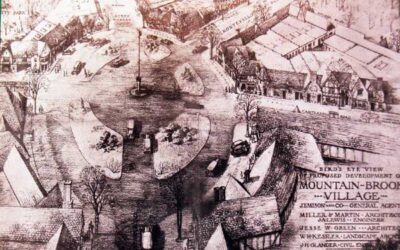












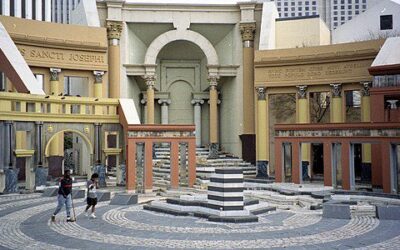
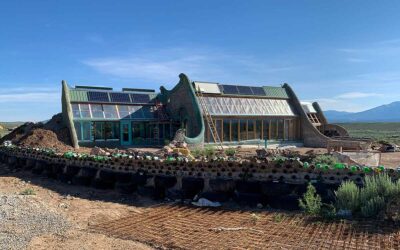
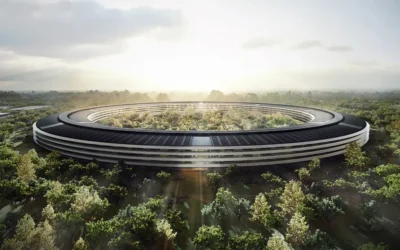

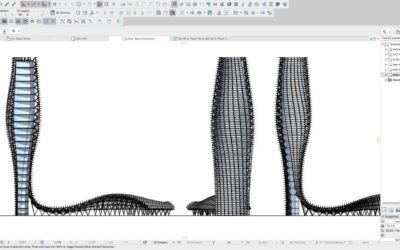




0 Comments